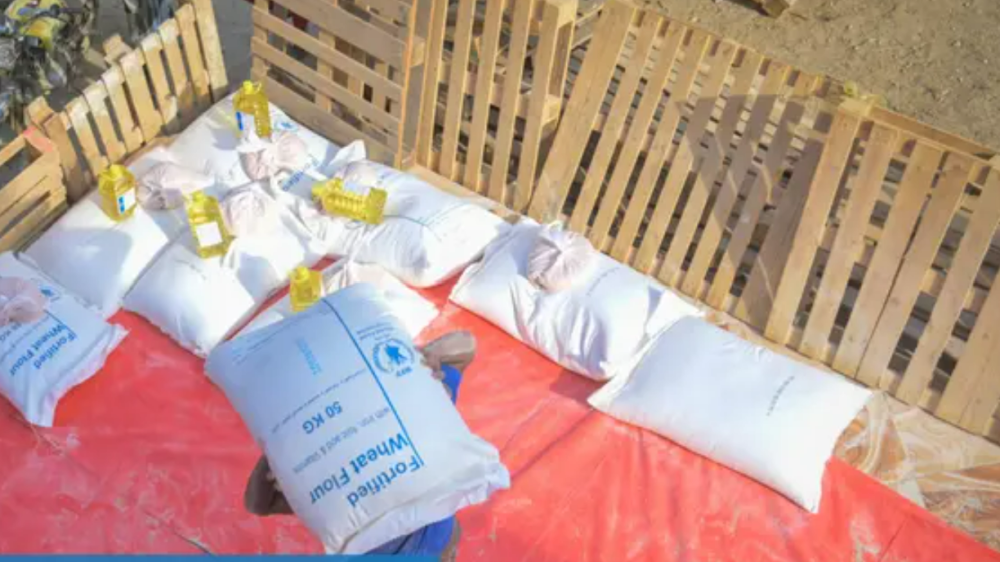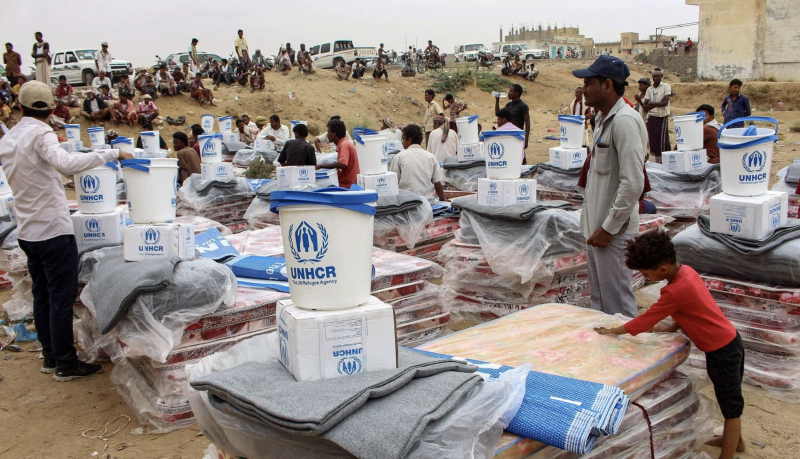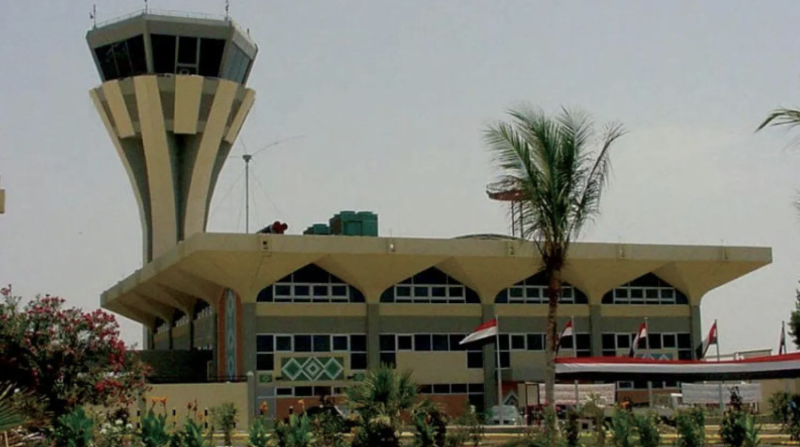WFP Yemen Food Security Update


Food insecurity in Yemen has hit record highs. By May 2025, 66% of households couldn’t meet basic food needs (inadequate food consumption).
Severe hunger (household with poor food consumption) rose to 39%, with nearly 1 in 5 households reporting someone in the house went a full day and night without food. The situation is worst in Ad Dali’, Al Jawf, Amran, Lahj, and Hajjah.
17.1 million people are currently in IPC Phase 3 or above in Yemen; this is projected to rise to 18.1 million, including 41,000 facing catastrophic (IPC Phase 5) conditions by Sep 2025.
Economic collapse is deepening. The Yemeni Rial in IRG areas lost 31% of its value (Year-on-Year), pushing food prices up—sunflower oil +55%, wheat flour +30%. Purchasing power continues to erode across the country.
WFP assistance is ongoing in IRG areas, reaching 3.4 million people. However, no food assistance in SBA areas since April 2025 due to the temporary suspension of incoming shipments to northern Yemen, compounded by operational space challenges.
Meanwhile, WFP is facing severe funding shortages, threatening its ability to sustain life-saving assistance nationwide. Yemen humanitarian response plan for 2025 is only 11% funded.
Fuel and food imports via Red Sea ports dropped sharply, while imports through southern ports rose. Local fuel prices hit record highs, especially in IRG areas, further driving food costs.

Sana’a — The United Nations has confirmed that Yemen’s Humanitarian Response Plan (YHRP) for 2025 received only about 28 percent…

Aden — Security sources reported that traffic accidents have left more than 5,000 victims in areas under the control of Yemen’s interna…

Aden - Yemenia Airways flights to Aden were canceled on Thursday morning, in addition to a Djiboutian Airlines flight that had been scheduled to de…